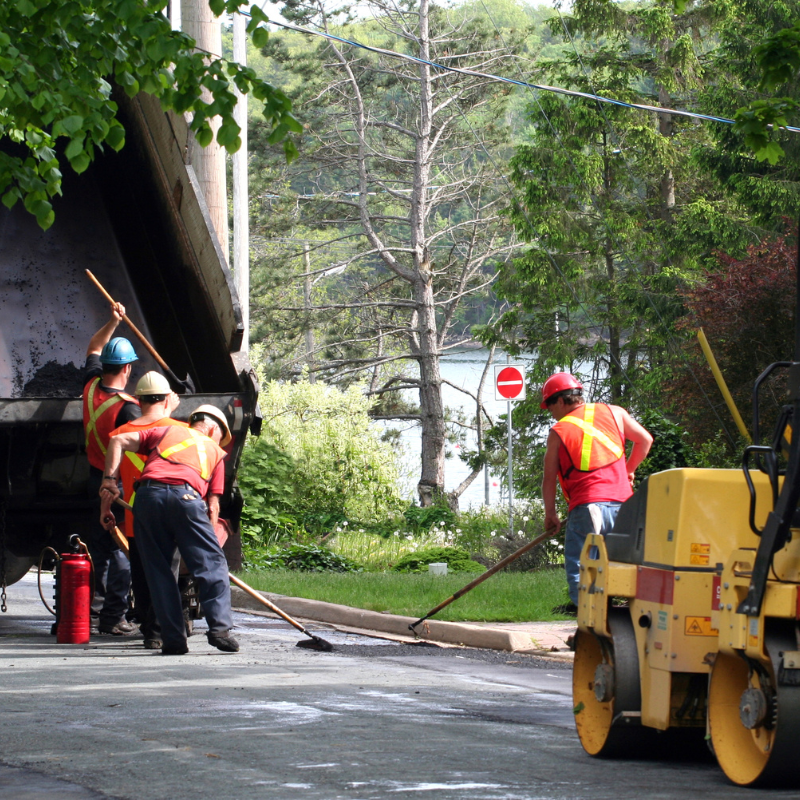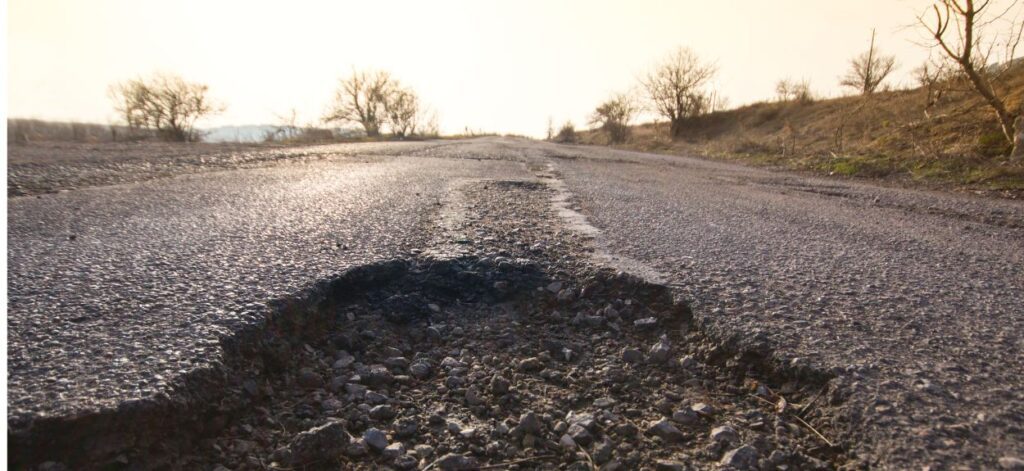Potholes, those dreaded cavities on our roads and highways, represent more than mere annoyances; they are a public safety concern and a financial burden. Their pervasive presence calls for immediate and effective pothole repair strategies. This guide delves into the nuances of pothole formation, the significance of timely repairs, the various repair methods available, and effective prevention techniques to safeguard our roads for the future.
Delving into the Causes of Potholes

The genesis of potholes is often traced back to water penetration through cracks in the asphalt, compounded by freeze-thaw cycles that exacerbate pavement deterioration. Traffic, especially heavy vehicles, places additional stress on these weakened areas, accelerating the formation of potholes. Lackluster road maintenance practices further exacerbate the situation, turning minor damages into major roadway hazards.
The Imperative for Pothole Repair
Ignoring potholes not only damages vehicles but also compromises the safety of all road users, potentially leading to hazardous accidents. If potholes are not repaired, municipalities and property owners could face costly damages and legal actions. Prompt and effective repair work restores road functionality and safety, reducing long-term maintenance costs and enhancing the driving experience.
Comprehensive Pothole Repair Solutions
Repair techniques vary in complexity, cost, and durability. Selecting the optimal method requires a balanced consideration of these factors:
- Patching: Quick and economical, patching is suitable for immediate, short-term fixes. It involves filling potholes with asphalt or concrete mixtures. Despite its cost-effectiveness, this method often serves as a stopgap, necessitating more durable solutions in the future.
- Infrared Repair: This method offers a more lasting solution by heating the existing asphalt around the pothole, blending in new material to form a seamless repair. Infrared repair is advantageous for its durability but requires specialized equipment and a slightly higher investment.
- Full-depth Repair: The most comprehensive approach involves excavating and replacing the entire affected pavement section. Full-depth repair addresses the root cause of the pothole, offering a long-term solution. While it is the most expensive and labor-intensive option, its permanence justifies the cost for critical repairs.
Preventing Pothole Formation: A Proactive Approach
Prevention is key to reducing the frequency and severity of potholes. The right pothole repair option depends on several factors, including the location and severity of the pothole, your budget, and your timeline for repairs. If you have a limited budget and need a quick fix, patching may be the best option for you. If you are looking for a long-lasting repair and have the budget for it, infrared or full-depth repair may be the better choice. Effective strategies include:
- Regular Maintenance: Routine inspections and maintenance, such as crack sealing and surface treatments, can significantly extend road life and prevent water infiltration, the primary cause of pothole formation.
- Drainage Improvements: Proper drainage systems prevent water accumulation on the pavement surface, mitigating the risk of water penetration and subsequent freeze-thaw damage.
- Traffic Management: Implementing weight restrictions and diverting heavy vehicle traffic can reduce the stress on road surfaces, decreasing the likelihood of pothole development.
- Quality Construction: Utilizing high-quality materials and construction practices in the initial pavement laying can profoundly impact the longevity and resilience of road surfaces, making them less susceptible to pothole formation.
Conclusion
Potholes are a multifaceted issue requiring a comprehensive and proactive approach to address effectively. Stakeholders can ensure road safety and longevity by understanding causes, using timely pothole repair methods, and implementing preventive strategies. Embracing both immediate repairs and long-term maintenance plans is essential for sustaining road infrastructure and safeguarding the welfare of all road users. Investing in the health of our roads is not just a matter of public convenience but a critical component of public safety and fiscal responsibility.

